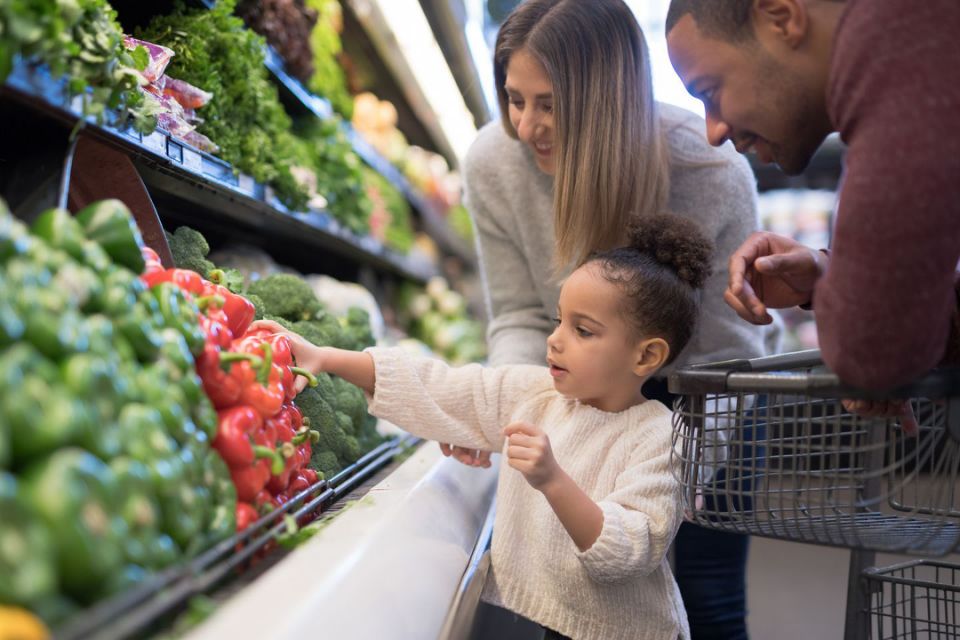As our eyes grow more open to conservation and preservation methods, we look for ways to embrace sustainability. We want everything sustaining life right now to continue doing so for future generations. One of the many strides we’re taking is gradually transitioning to eco-friendly means of consumption.
The word “consumption” sounds like it goes against the principles of sustainability—conservation and preservation of our resources. But in this article, we’re going to discuss how we can consume the most important sources of our lives—food.
It’s a human need to consume them but consuming them in a way that leaves nothing for the future isn’t the right way of doing it.
To gradually ease you into eco-friendly food consumption, here are five easy ways you can start doing:
1. Get your produce from local farmers markets
If you have a local farmers’ market near you, you better start looking at their produce. Why? They’re fresher than retail ones and contain more nutrients. Another plus is that they don’t go through chemical processes that retail produce do to get them ready for transport and storage.
By buying from farmers’ markets, you don’t only support your community’s producers, but you also introduce yourself to better quality produce.
2. Eat more greens
Going by the principles of eco-friendliness, chemical emissions are prime enemies. Did you know that meat production and subsequent consumption contribute to the United States’s 42 percent greenhouse gas production?
A key to helping reduce emissions is to consume more plants. They require fewer resources and emit less harmful chemicals. If you’re looking for an alternative for meat’s protein load, consider consuming more beans, soy, and nuts. They offer high levels of protein, are plant-based, and cheaper.
3. Base your diet on your location
Think about it really hard—if you opt for food that isn’t accessible to you, you’d have to rely on imports. Imported food require transportation to get to you. The problem lies in transportation being a notorious fossil fuel producer. You also risk your health by purchasing from unknown sources.
To help yourself and the environment, curate a diet that can be supplemented by what’s locally available. Research your location’s top food commodities and use that to create a meal plan that won’t require you to source your ingredients from long-distance imports.
4. Opt for reusable and minimal food consumption items
This tip applies to food packaging, spoons, forks, straws, cups, and other necessities you’ll need to consume food properly. These materials are known for being one of the most popular pollutants. They’re typically made of plastic, Styrofoam, and other materials that take a long time to decompose.
A way to avoid wasteful packaging and food consumption materials is to bring your own reusable container, use reusable spoons, forks, straws, or if you’re not a fan of reusing, you can use paper straws that are made out of paper and safe liquid glue.
5. Make your food last longer
If you’re someone who likes preparing food in big batches, you’re either wasting or preserving food. Fermenting, dehydrating, and freezing are ways to keep food for a long time.
Seasonal food can also be preserved through those methods. How you prepare, eat, and store the food should be geared towards long-term storage if you’re thinking of reducing waste. If you’re left with no choice but to dispose of, compost.
As more people innovate ways to reduce wasteful consumption, we’re becoming more open to preserving what we have for the future. It may not be the easiest thing when we’re so used to consuming as much as we like, but now that we’re more aware than ever, little steps count.
